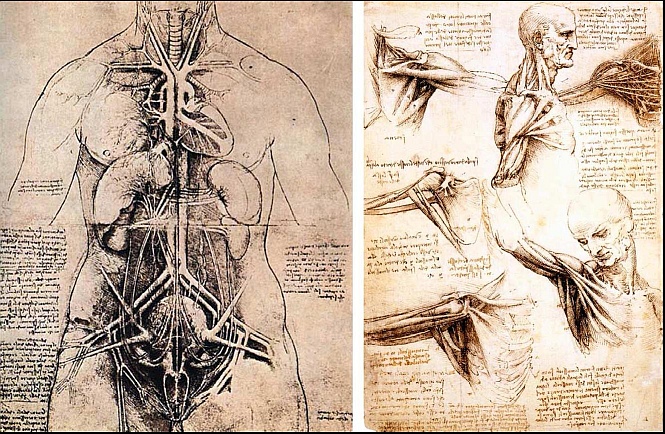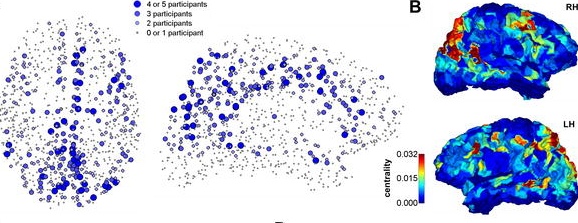Most of us think of Leonardo Da Vinci as a great artist, with his masterpiece the Mona Lisa. In reality, Da Vinci possessed fine artistic skills but was actually one of the world’s greatest scientist/engineer. As depicted below, in the late 1400’s he performed vivisections to determine how the human body functioned.
It’s interesting to note that the current methods for representing knowledge and human reasoning are woefully inadequate. Our current state of understanding the human brain is on par with our understanding of human organs 500 years ago when Da Vinci was sketching the human anatomy (Let’s not forget that the state-of-the-art in medicine as that time was bloodletting).
We’re now making baby steps. There is a technical report from an international team of researchers that describes the first complete high-resolution map of how neural fibers in the human cerebral cortex connect and communicate. While this doesn’t really explain the mechanisms for knowledge storage and retrieval, or methods for abstract pattern recognition and reasoning, it’s a move in the right direction.
In the 1940’s. Dr. Norbert Weiner developed the concept of Cybernetics (not to be confused with the contemporary use of the term with the Internet), which advocated the notion that the human body is the best paradigm for designing computer and automation systems. Ironically, since we know so little about the internal functioning of the human brain, we’ve not been able to emulate those functions. Once we really understand the human brain comparable to how we understand the human kidneys, computer science will undergo a change similar to the changes when airplanes migrated from propellers to jet engines.


Awesome posting.